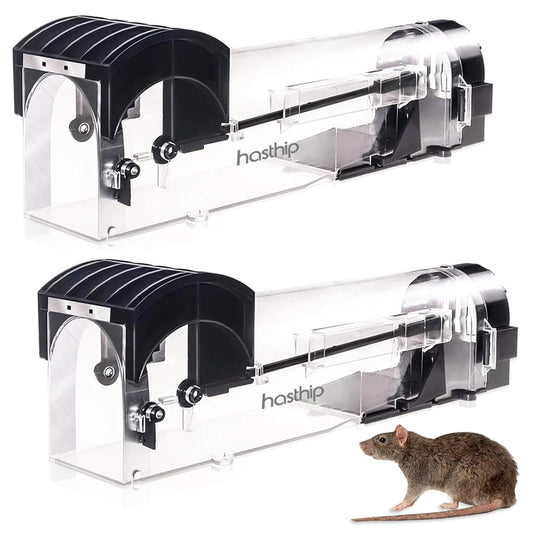
From Wild Grasses to Golden Grains: The Fascinating Journey of Wheat Seed Development
Share
Wheat, a staple food for billions, has undergone an extraordinary transformation over millennia, evolving from its wild ancestors to the high-yielding, disease-resistant varieties that grace our fields today. This captivating journey is a testament to human ingenuity, natural selection, and scientific advancement. Let's delve into the pivotal moments that shaped the wheat varieties we know today.
The Dawn of Agriculture: Taming the Wild Grasses
- Wild Ancestors: Our story begins in the Fertile Crescent over 10,000 years ago, where early humans began cultivating wild grasses like Einkorn and Emmer wheat.
- Farmer's Selection: Over generations, farmers intuitively selected seeds from plants with desirable traits such as larger grains and non-shattering ears, unknowingly initiating the process of domestication.
Scientific Breeding: A Leap Forward
- Formalization: In the 19th century, plant breeding emerged as a scientific discipline, with researchers systematically crossing and selecting wheat varieties to enhance desired characteristics.
- Mendelian Genetics: The discovery of Mendelian genetics in the early 20th century revolutionized wheat breeding, allowing for more targeted and predictable trait selection.
- Green Revolution: The mid-20th century witnessed the groundbreaking Green Revolution, where the development of high-yielding, semi-dwarf wheat varieties significantly boosted global food production.
Modern Innovations: Pushing the Boundaries
- Hybridization: The crossing of genetically distinct wheat lines to create hybrids with superior traits like disease resistance and increased yield potential became a cornerstone of modern breeding.
- Marker-Assisted Selection: This cutting-edge technique utilizes genetic markers to identify and select plants with desired traits early in the breeding process, accelerating variety development.
- Genetic Engineering: Though still under development, genetic engineering holds immense promise for introducing traits like drought tolerance and enhanced nutrition into wheat.
A World of Wheat Varieties
- Highest Yielding: Varieties like DBW 327, Hytech wheats, and RGT wheats showcase impressive yield potential, reaching up to 8 tonnes per hectare.
- Most Strange: Ancient grains like Einkorn, Emmer, and Spelt offer a glimpse into the past, with their unique flavors and nutritional profiles.
- Most Significant: Norin 10 and CIMMYT wheats have played pivotal roles in increasing global food production and ensuring food security.
| Wheat Variety | Key Features |
| DBW 327 (Karan Shivani) | High yield potential, suitable for Punjab and Haryana |
| Hyola 50 | High yield potential, adaptable to diverse conditions |
| Einkorn | Ancient wheat, small grains, nutty flavor |
| Emmer | Ancient wheat, high protein content, earthy taste |
| Norin 10 | Semi-dwarf variety, instrumental in the Green Revolution |
| CIMMYT wheats | Disease-resistant, adapted to various climates |
The Future of Wheat: A Continuous Evolution
The quest for better wheat varieties continues. Scientists and breeders are exploring innovative technologies to create wheat that is even more resilient, productive, and nutritious. As we face challenges like climate change and a growing population, these advancements will be vital in ensuring a sustainable and food-secure future.
This article is hosted on resetagri.in and was created with the assistance of Gemini AI. While we strive for accuracy, always consult local agricultural experts for personalized advice on wheat cultivation.















